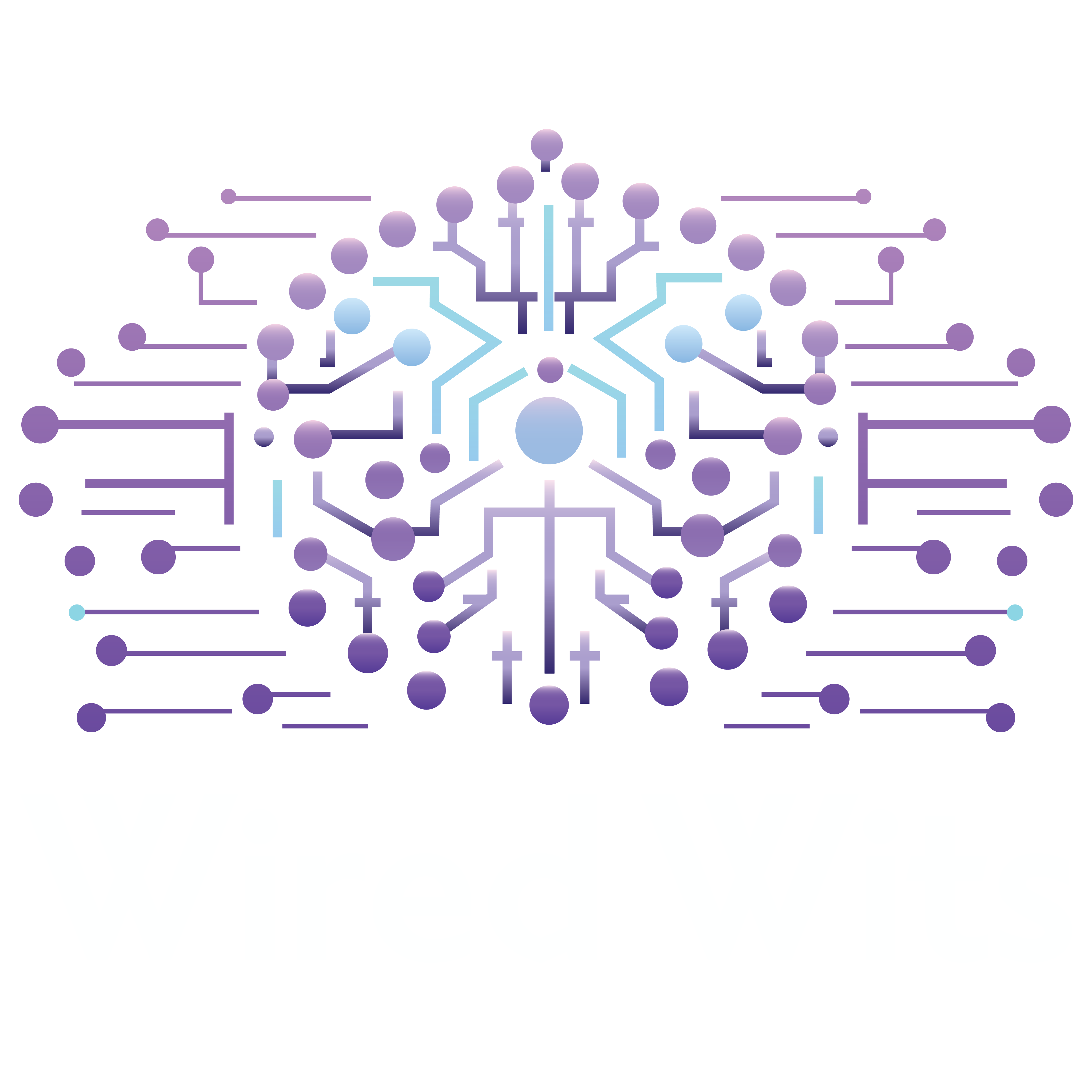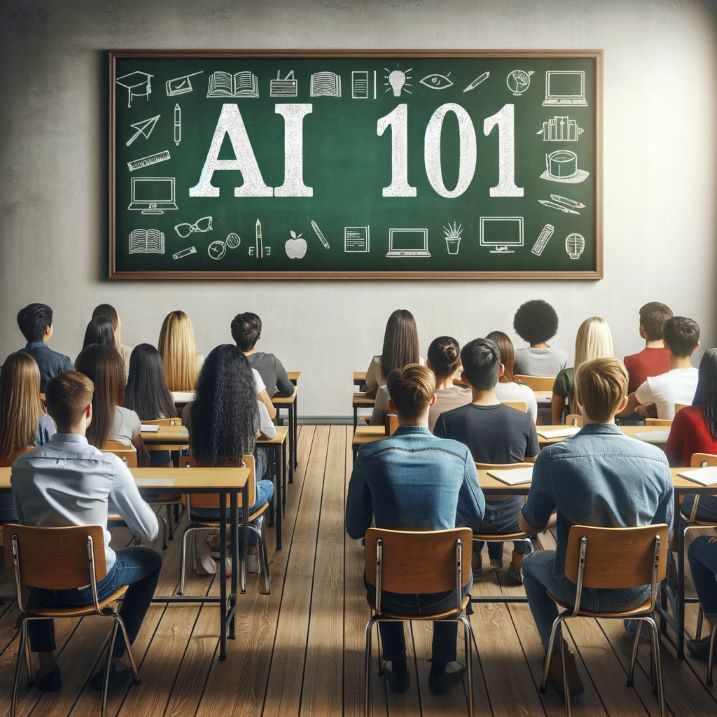AI 101: AI Fundamentals for Beginners
What is AI?
As we kickoff our AI fundamentals for beginners, we start with what is Artificial Intelligence. Artificial Intelligence, or AI, is not just a buzzword; it’s a revolutionary technology that’s changing the way we live, work, and even think. Imagine a world where your car drives you to work, your fridge orders groceries for you, and your personal assistant is a machine that knows you better than you know yourself. That’s not science fiction; it’s the reality that AI is creating.
AI fundamentals for beginners: Types of AI
Narrow AI
Narrow AI, commonly encountered in daily life, actively specializes in specific tasks. It powers services like Netflix’s movie recommendations or Google Maps’ route suggestions. Unlike broader General AI, Narrow AI thrives in defined areas such as language translation, facial recognition, and spam filtering. Its intelligence is limited to its programmed specialty, without the ability to adapt beyond that scope. Despite this, Narrow AI significantly enhances accuracy and efficiency across various applications.
General AI
This is the next frontier. General AI would have the ability to understand, learn, and apply knowledge across different domains, think critically, and even have emotional understanding. While we’re not there yet, the possibilities are mind-boggling.
Artificial Superintelligence
Artificial Superintelligence (ASI), also known as Artificial General Intelligence (AGI), represents AI that exceeds human intelligence in almost every aspect. It’s a theoretical concept, sparking much debate. ASI holds the potential to either resolve humanity’s most significant challenges or, as some worry, present existential threats. This concept is more advanced than the current AI implementations and delves into realms of far-reaching implications and possibilities.
Real-world Applications
- Healthcare: AI algorithms can analyze medical images, predict patient outcomes, and even assist in surgeries.
- Finance: AI is used for many tasks, including fraud detection, automated trades, and risk assessment.
- Entertainment: Ever wonder how Spotify knows what song you want to hear next? That’s AI.
- Climate Change: AI algorithms can optimize energy usage in real-time, significantly reducing emissions.
- Social Issues: AI is being used to predict and prevent crime, manage traffic, and even in the quest for equitable social systems.

AI fundamentals for beginners: ChatGPT and Its Versions
ChatGPT stands out as one of the most thrilling advancements in Narrow AI. It offers a wide range of capabilities, from drafting emails to generating code. However, it remains a form of Narrow AI, excelling specifically in natural language understanding and generation. ChatGPT operates within a defined domain and lacks the extensive cognitive abilities of General AI.
ChatGPT comes in two main versions: ChatGPT-3.5 and ChatGPT-4. Both versions, trained on diverse datasets, offer a wide range of capabilities. However, ChatGPT-4, being the more advanced model, boasts improved performance, better understanding, and delivers more nuanced responses. However, it’s worth noting that ChatGPT-4 comes at a higher cost while ChatGPT-3.5 is free, making it a more significant investment.
Whether you’re an entrepreneur looking to draft a business plan, a student needing help with an essay, or someone who just wants to have a meaningful conversation, both versions of ChatGPT can assist you. However, their abilities are confined to the realm of text-based tasks. They can’t drive your car, diagnose medical conditions, or perform any task outside their training.
So, while it may seem like ChatGPT is blurring the lines between Narrow and General AI due to its versatility, it’s essential to understand that it operates under the limitations of Narrow AI. But don’t let that deter you; the possibilities within that domain are still incredibly vast and exciting! Interested in learning more? Check out our posts on How to Tailor ChatGPT to Your Personality and Learning and Working Style and How ChatGPT Can Be Your Entrepreneurial Sidekick. You can also get more information about ChatGPT here.
The Cost Factor
While basic AI tools are often free, more specialized services can come with a price tag. However, the ROI (Return on Investment) can be immense, considering the time and resources AI can save you.
The Future is Now
AI is not just a technology of the future; it’s shaping our present. The possibilities are endless, and the only limit is our imagination. So, whether you’re a business owner, a student, or someone just interested in technology, understanding AI can open doors you never knew existed. With this knowledge of AI fundamentals for beginners, readers are well-equipped to explore the field further.
Upcoming Posts
Stay tuned for our upcoming post on how to use ChatGPT for skills, strength, and weakness assessments. We’ll guide you on how to tailor ChatGPT to your personal and professional needs.
So, are you excited yet? The world of AI is vast and full of potential. It’s not just about machines doing tasks; it’s about machines enhancing our lives, solving complex problems, and maybe, just maybe, making the world a better place.

